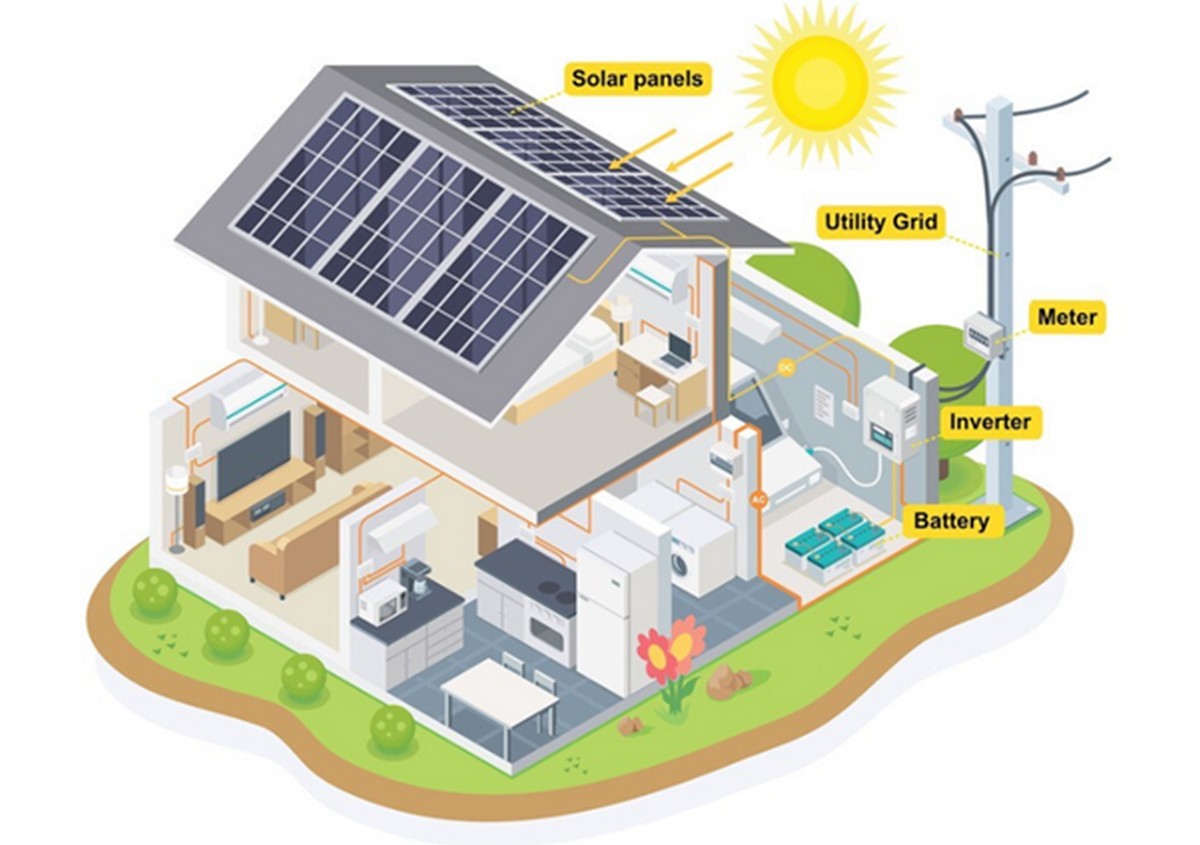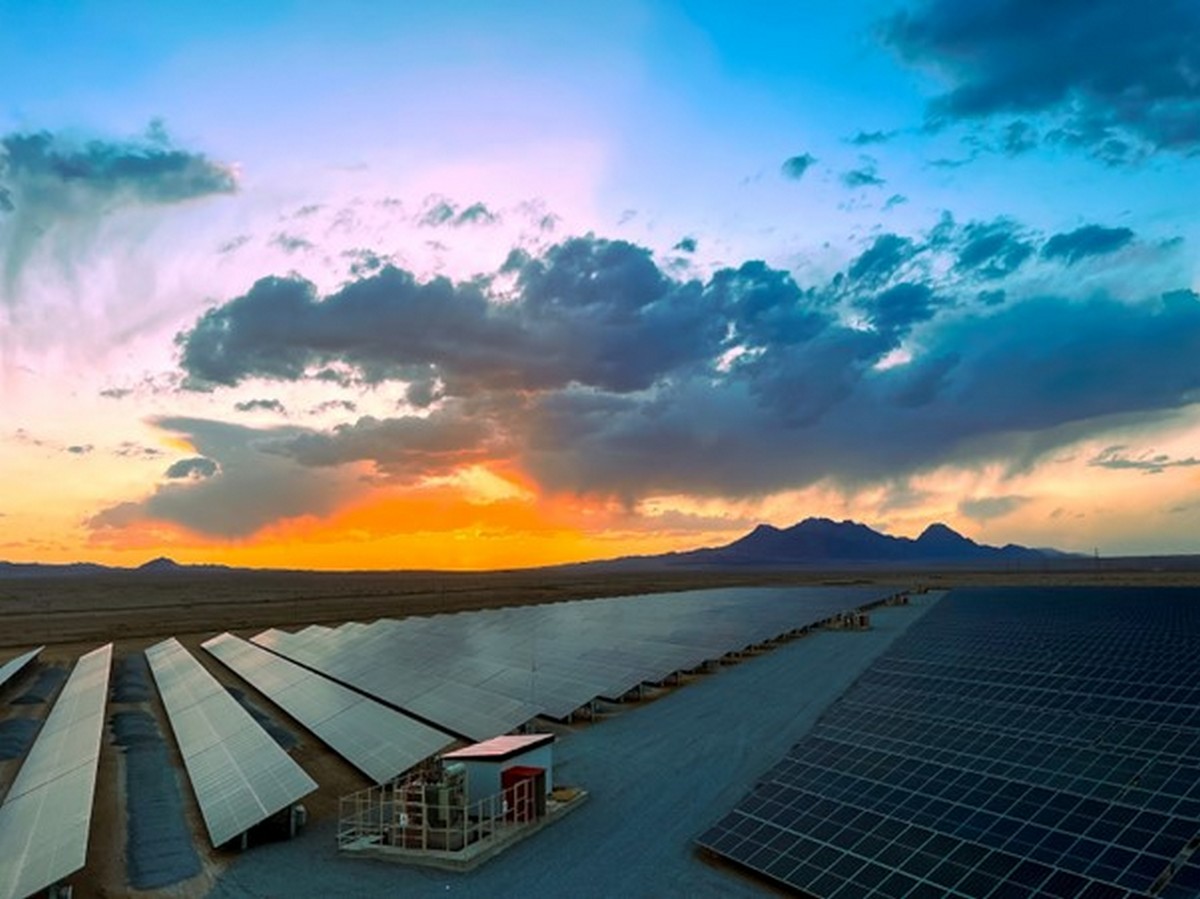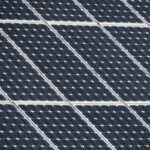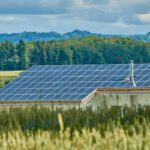The architect’s guide to choosing the right solar systems, Photovoltaics save money and energy, Building PV electricity
The Architect’s Guide to Choosing the Right Solar Systems
25 January 2024
As an architect evaluating solar power options for your projects, the choices can seem overwhelming. To decide which system suits better, taking into consideration clients’ needs and budgets, one has to consider a range of factors. Nevertheless, by providing insights into the respective advantages and disadvantages of existing solar technologies in use today, you will be able to choose wisely on how best to optimize energy production versus cost efficiency. Given that climate change effects are now clearer than ever, a major focus is on building design in which renewable supply systems should be integrated. Understanding the capabilities as well as limitations of these options, architects can become a linchpin for efficient embraces toward sustainable energy and environmentally friendly spaces where people could live and work.
Understanding the Different Types of Solar Panels for Homes and Businesses
There are two main types of solar systems used to generate electricity for residential and commercial properties.
Photovoltaic solar panel for home involves the direct application of sunlight into electricity through photovoltaic effects. These are the most widespread type of solar panels which are fixed on top of roofs, as well as in solar farms. The CSP systems produce solar power by way of mirrors or lenses that focus the sun’s energy and then convert it to high-temperature heat which drives an electrical turbine.
PV solar panel types can be further divided into two categories: crystalline silicon and thin film. The best, most space-efficient – this should go onto limited roof space for the panel of the crystalline silicon. Thin-film panels are widely used in the market as it does not require much space, although they reduce production capacity the film is more flexible and lightweight, this type of panel is especially used for smaller areas such as rooftop or batteries. For big commercial layouts that have a lot of room, thin-panel films may be more cost-effective.
CSP systems have a much larger footprint and are considerably more complicated to set up and run. They find the best application in large-scale solar power plants to be installed in arid and hot regions. The two common CSP system types are parabolic troughs and solar power towers.
There are several considerations that an architect needs to take into account when selecting the best solar power system for a residential or commercial building and these might include space availability, budgetary allocations, power requirements, geographical latitude as well as local climatic patterns, and the resultant regional solar incitements. That’s why it is better to check solar systems review before making a choice.
Key Factors Architects Should Consider When Selecting Solar Solutions
Source: Solar Systems Reviews
There are several important components that each of the solutions possesses when architects assess solar energy solutions for this or that building project. The nature of the solar system, freedom for installation, and financial implications are crucial aspects that will guide viability as well as effectiveness.
Photovoltaic panels and solar thermal collectors are the two primary standard types of Solar systems for buildings. PV panels transform solar radiation into electric power, whereas solar thermal collectors absorb that energy from the sun to warm water or air. PV panels usually need to be installed in larger spaces, but as a solution are more flexible, because generated electricity can be used for other purposes. Although solar thermal systems are more compact, their application spectrum does not go beyond heating water or space.
Most solar installations are constrained by the space that is available on the rooftops, facades, and around the property. Production of power for PV panels and solar thermal collectors relies on open spaces facing the sun all day, with no shade whatsoever. The area required varies depending on the scale of the system, as seen in energy input or needs for a building. Innovative location, e.g.solar canopies above car parks can help solve the problem of space shortages.
Integrating Solar Systems Into Building Design for Optimal Performance

Source: https://www.sunerisepv.com/3kw-on-grid-solar-system-for-residential-use_p78.html
There arises the need in architecting a building, there is a necessity of incorporating solar systems to be used for best energy efficiency and performance. The correct installation of the solar system is dependent on evaluating the characteristic features of a building and its use for the identification of an appropriate typology.
Building Orientation and Roof Design
The tilt angle and orientation of a roof play a major role in the solar system’s performance. South-facing roofs receive the highest amount of sunlight in the Northern Hemisphere; east and west sides also receive high levels of sun. Roof pitch and area also affect the number of different solar panels that can be installed and how much energy is generated.
Energy Usage Requirements
It defines the kind of solar system that should be put in place due to the estimated energy consumption as well as load demands by the building. Daytime loads of energy especially in schools, workspaces, and retail outlets make photovoltaic panels viable options for such forms of buildings. Residential buildings, hotels, and recreation centers are a good match for solar thermal systems that heat water and spaces. There are instances where a combination of technologies is the best solution for a hybrid system.
Available Space
The size of the solar system to be motioned depends on the available space on the roof, property, and location land. The lack of space could force a smaller system with very effective panels to ensure that the energy needs are met. Bigger zones help in making greater structures that can create additional energy for potential use or supply to the main grid.
Budget
The advantage of the solar system is its lack of recurring cost ownership problems can be solved once and for all, but that will be largely dependent on how much the owner has as his or her budget. Besides, various financing options contribute to going for solar options. Despite the long-term financial savings because of solar energy, there is a high cost involved during the purchasing and actual installation of the system. No balanced answer can be obtained by the architect than to design in such a cost-effective way that will ensure adequate utilization of solar energy would offset its energy costs and environmental footprint for most of the life cycle.
To Sum Up, there are several important issues that architects must consider when wishing to optimize the solar heating system design for residential or commercial buildings. Architects can identify the appropriate types and components of a system by first addressing its energy requirements, spaces available, and monetary allocations because of that building. They should also consider installation means, maintenance requirements, and the desire for an integrated appearance.
Today, thanks to the variety of solar technology and products currently on the market, architects have access to new types of options when it comes to creating sustainable sources of energy in old or newly built buildings. Architects will be able to contribute to the provision of affordable and eco-effective projects that utilize solar energy as long as they remain sensitive to advances in the field of photovoltaics.
Comments on this guide to The Architect’s Guide to Choosing the Right Solar Systems article are welcome.
Solar Panels Articles
Solar Panels Posts
Before Installing Solar Panels
Types of roofing for solar panel installation
Installing Solar Roof Ventilation in Your Home
Building
Residential Architecture Articles
Comments / photos for the The Architect’s Guide to Choosing the Right Solar Systems page welcome




